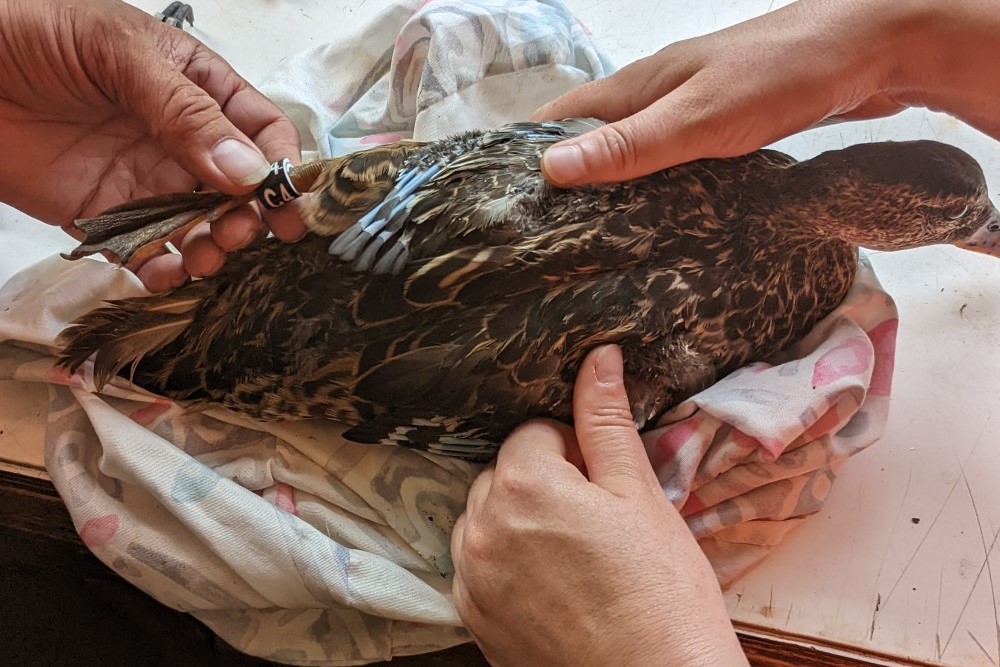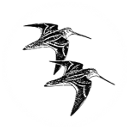Observations

Another large flock of flightless ducks in moult
A review of the birds of July-August 2023
For the second year running, a large flock of ducks in eclipse plumage built up on several of our lagoons to shed their flight feathers and moult. Once again the main species involved was Gadwall, although the peak count fell just 20 short of last year’s record of 572. We were pleased to catch and colour ring a small portion of this flock. Also in the mix were our other resident ducks, though counts were much more modest.
The usual two or three Red-crested Pochards grew to a Rye Meads record count of ten on four dates in August. A count of 98 Shovelers may well be a record count for August, it certainly is the largest for at least 15 years based on a quick scan of our records. There were two or three Garganeys throughout with a peak count of five. Unusually we had a female Pintail with us for a week in July.
Two Great White Egrets dropped in for two days, our tenth record and the first of more than a single bird. As it is a fast-increasing breeding bird in Britain it seems set to become more common in future. Its smaller cousin, Little Egret, also broke its Rye Meads record when 12 birds were counted in July.
Best of a dull period for waders were three Black-tailed Godwits and a Greenshank; otherwise sightings included one to three Little Ringed Plovers, one or two Common Sandpipers, up to nine Green Sandpipers, small numbers of Oystercatcher and Lapwing, and the first returning Snipe.
Both a Mediterranean Gull and a Yellow-legged Gull paid us a visit on the same day in July, with probably the same Yellow-leg at the end of August. There were just one to three Common Terns were around, and they had gone by mid August.
There were unremarkable numbers of our regular birds of prey; Hobbies in particular were much scarcer than usual, just three records in the period. We did however have a more or less resident female Marsh Harrier, recognisable by her wing moult pattern.
Unusually, two parrot species were recorded in this period: the usual handful of passing Ring-necked Parakeets, and a Cockatiel on one day August. Bet it wished it hadn’t got out and still had an easy supply of food.
We’ve so far had only small roosts of passage hirundines, maximum counts being 35 Swallows going to roost in the Scrape reedbeds, and 120 Sand Martins feeding above the lagoons with 45 Swifts. House Martins peaked at 40.
It must be getting more wooded round here: both a Nuthatch and a Treecreeper were found on the same day. A pair of Ravens was also welcome.
Moving on to the migrant passerines, just one record of five Yellow Wagtails. There have been a few Willow Warblers this Autumn, with a maximum of seven, whilst peaks of other warblers include 25 Chiffchaffs, 16 Garden Warblers and two Lesser Whitethroats. Our other regular warblers have been trickling through, with no real big days so far.
Lastly to our seed eaters: peak counts in the period have included six Greenfinches, seven Goldfinches and five Linnets – all pretty modest stuff.
For more information on observations and ringing, delivered much more up to date in our bi-monthly Bulletin, why not become a Friend of RMRG?
